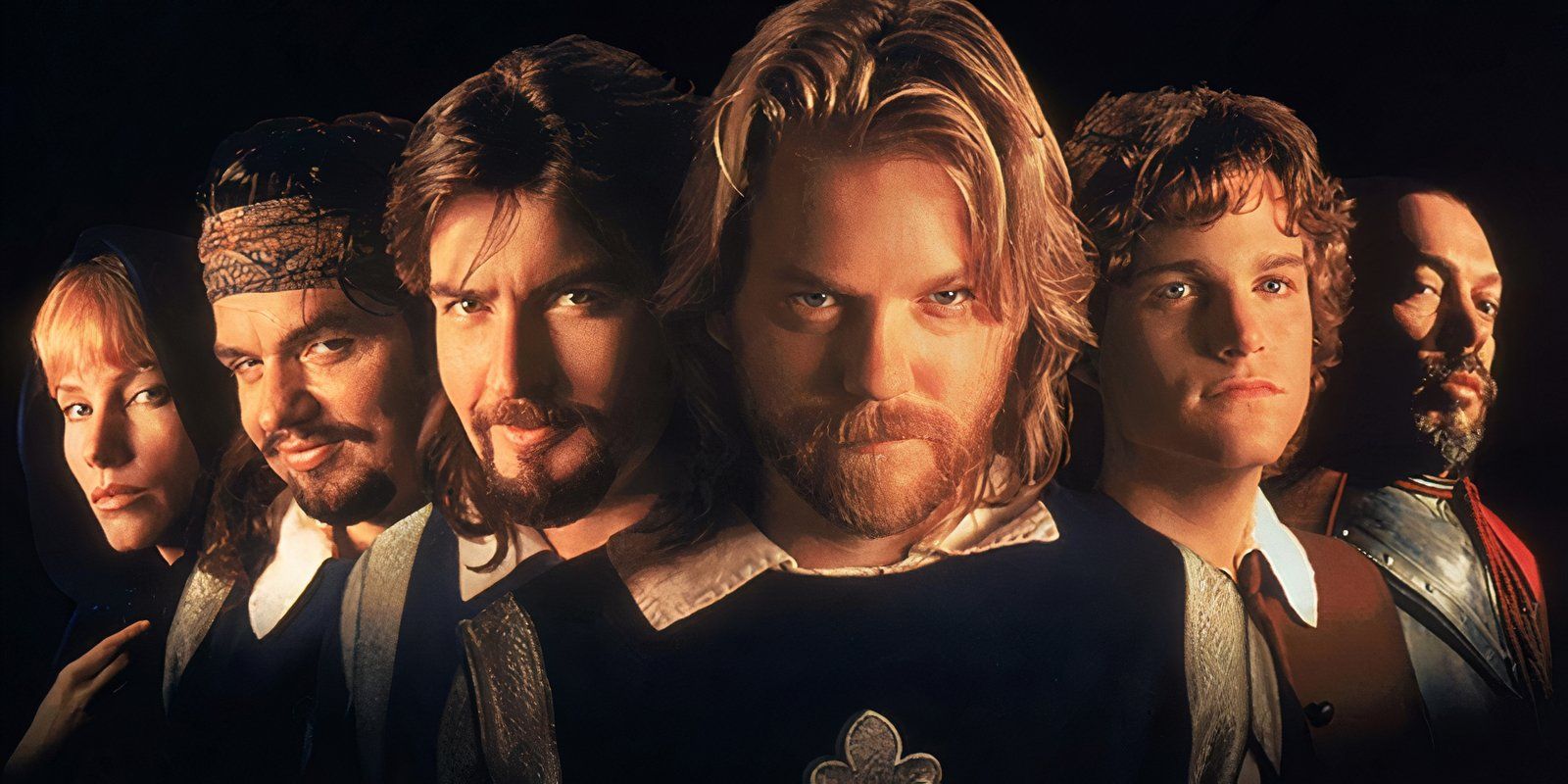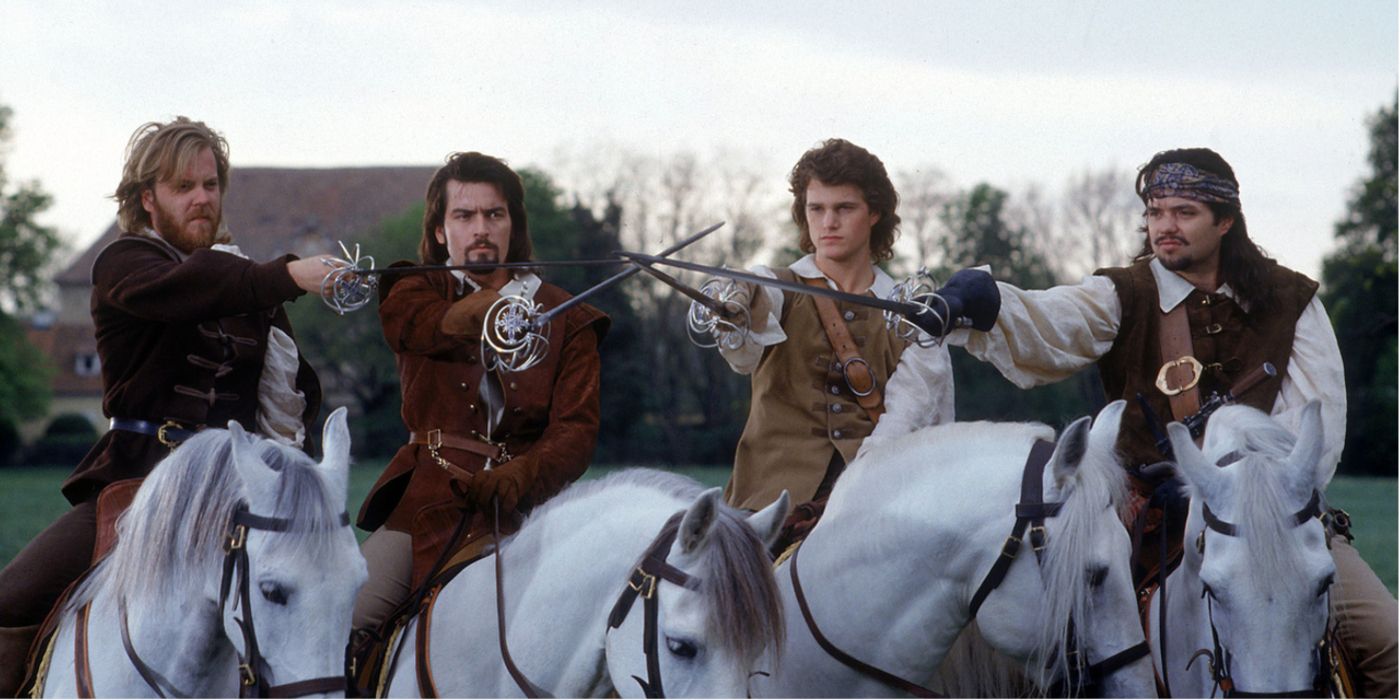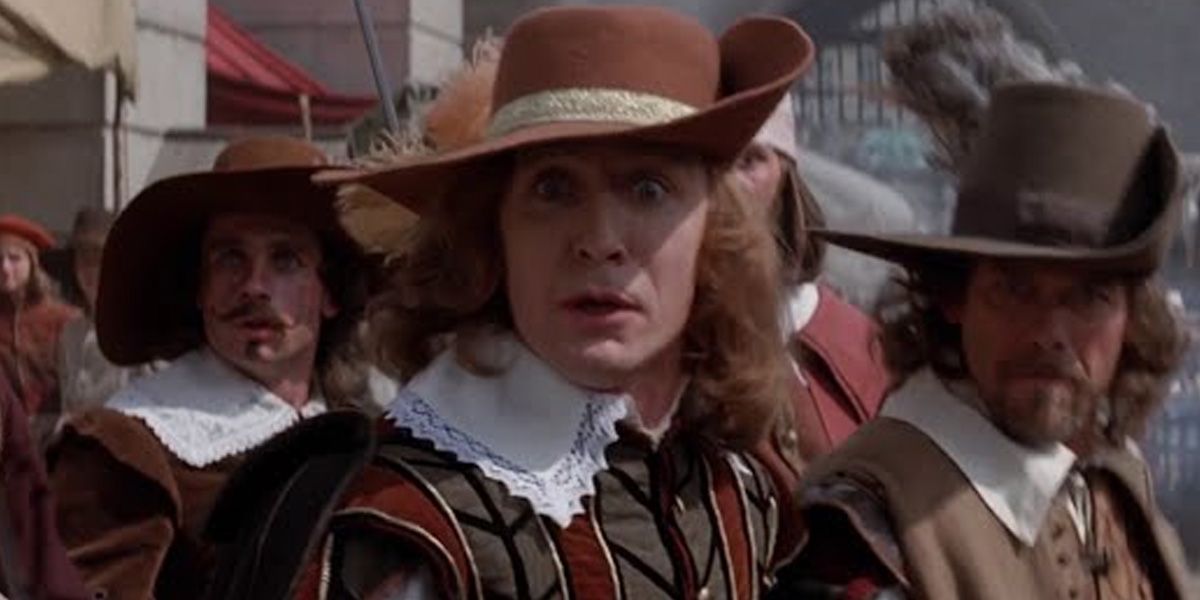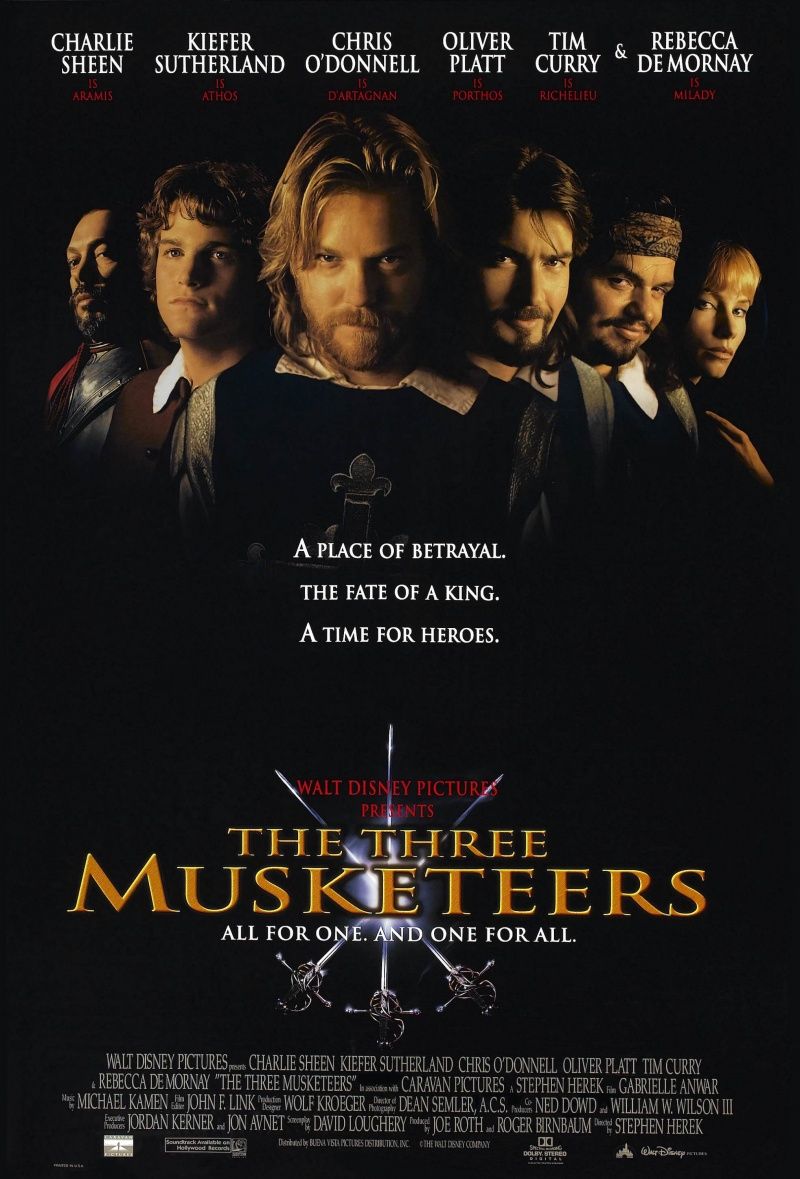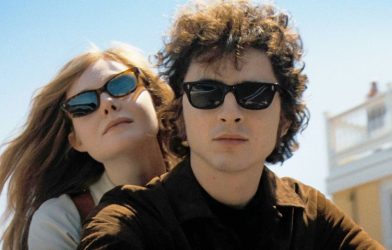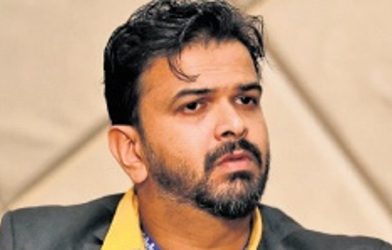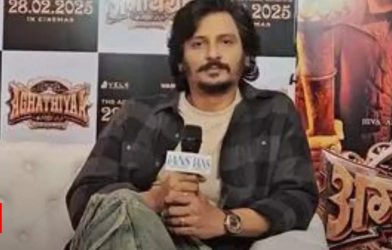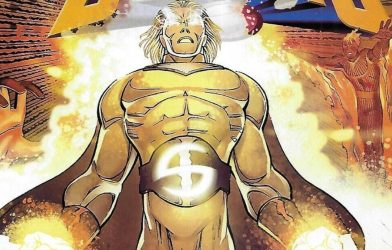Summary
- 1993’s
The Three Musketeers
was a fun-loving MGM/Disney adaptation of the Alexandre Dumas Classic novel. - Although the online court of public opinion’s rating of the film is so criminally low, the film is packed with fun action adventure.
- The film’s final scene was a wonderful product of its time when messages of love, heroism, and friendship were at an all-time high.
It’s always an interesting study in the collective memory of generations of movie and television lovers to see odd and sometimes unbelievable shifts in their public opinion on nostalgic classics that defined their genres. 1993’s The Three Musketeers was a production between MGM and Disney to adapt the classic Alexandre Dumas novel into a rebooted action-adventure film. Of course, preceding this hopeful reboot was the classic Hollywood trilogy that spanned from 1973 to 1989 with Michael York, Charleton Heston, Raquel Welch, and Christopher Lee to name a few.
Considering the great scale and opulence of the film in its cast, costumes, action, and locations, 1993’s The Three Musketeers was geared up to be a fantastic reboot that could render sequels like its predecessor. With a 30 million dollar budget, the film went on to gross 111 million worldwide. Unfortunately, sequels weren’t wildly popular at the time, but The Three Musketeers would return in 1998 in another adaptation of one of Alexandre Dumas’ sequels, The Man In The Iron Mask, with yet again another stacked cast and an incredibly exciting, dark, and romantic plot. Despite the internet’s grumblings a-la Rotten Tomatoes, 1993’s The Three Musketeers and some of its major moments and action sequences engrave the great spirit of adventure and fun of the 90s into many fans’ nostalgia for swashbuckling films.
The Three Musketeers is a 90s Classic
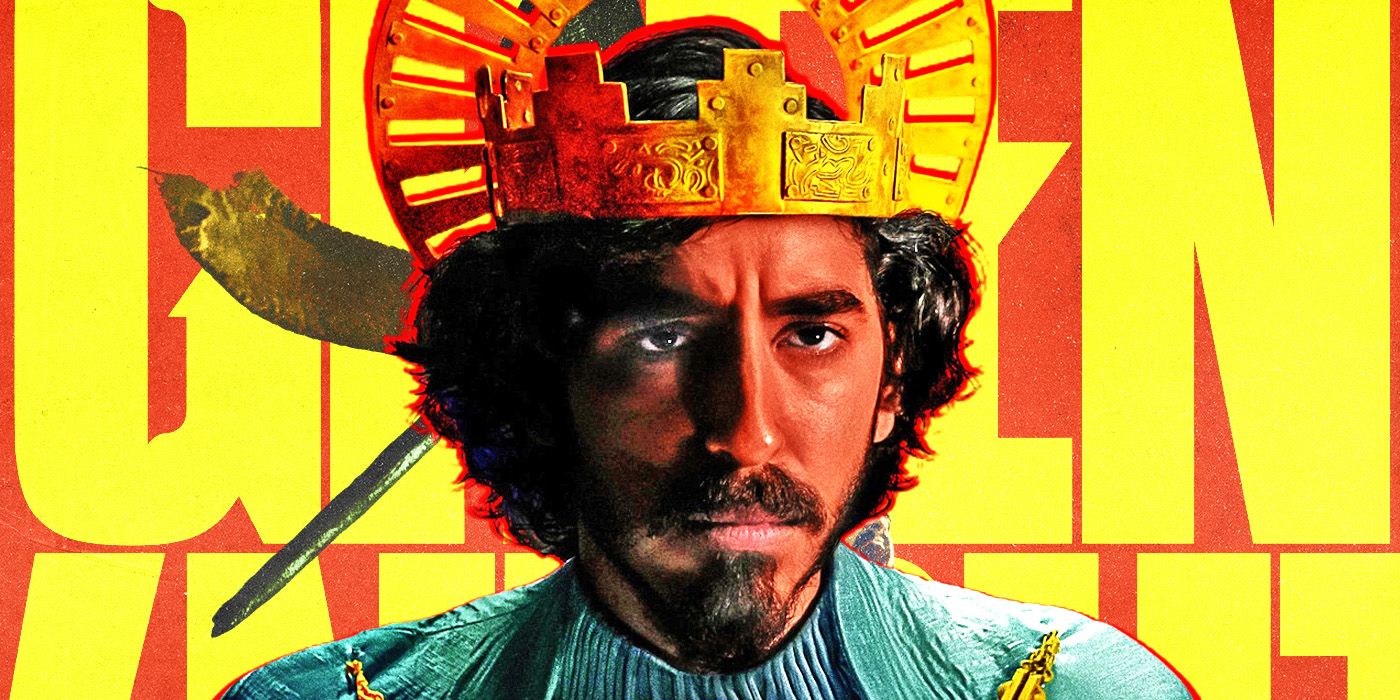
Related
What’s The Green Knight Really About?
Like its 14th century source, The Green Knight is beautiful and enigmatic. While there’s room for interpretation, the film addresses four key themes.
- At the time, Chris O’Donnell, who played D’Artagnan, was gaining fame as Robin from the 90s Batman films.
- Its sequel, The Man In The Iron Mask, was made in 1998 and starred Gerard Depardieu, Jeremy Irons, John Malkovich, Gabriel Byrne, and Leonardo Di Caprio.
Despite its rotten score on Rotten Tomatoes, 1993’s The Three Musketeers was a domestic and global success that measured up to other adventure films of the decade like Robin Hood: Prince of Thieves and The Mask of Zorro. Starring a cast of well-established and up-and-coming stars like Chris O’Donnell, Kiefer Sutherland, Charlie Sheen, Oliver Platt, Rebecca De Mornay, and the iconic Tim Curry as the power-hungry Cardinal Richelieu. The film and its tone truly embraced the spirit of fun adventure that 90s action films inspired in family-targeted audiences.
With a film centered around swashbuckling heroes, it was only natural for one of the most famous Hollywood Swordmasters of the time to choreograph and design the incredible duels in the films, Bob Anderson. Known for his work on Star Wars: The Empire Strikes Back and Return of the Jedi as well as the later adaptation of The Man In The Iron Mask, this film dazzled with its bladework and fun fencing on top of its stunts and bombastic action. On top of all the usual joys of an action-adventure drama, the film also had a featured end credits song from Bryan Adams, who also did the end credits song for Robin Hood: Prince of Thieves.
RT Does The Three Musketeers Rotten
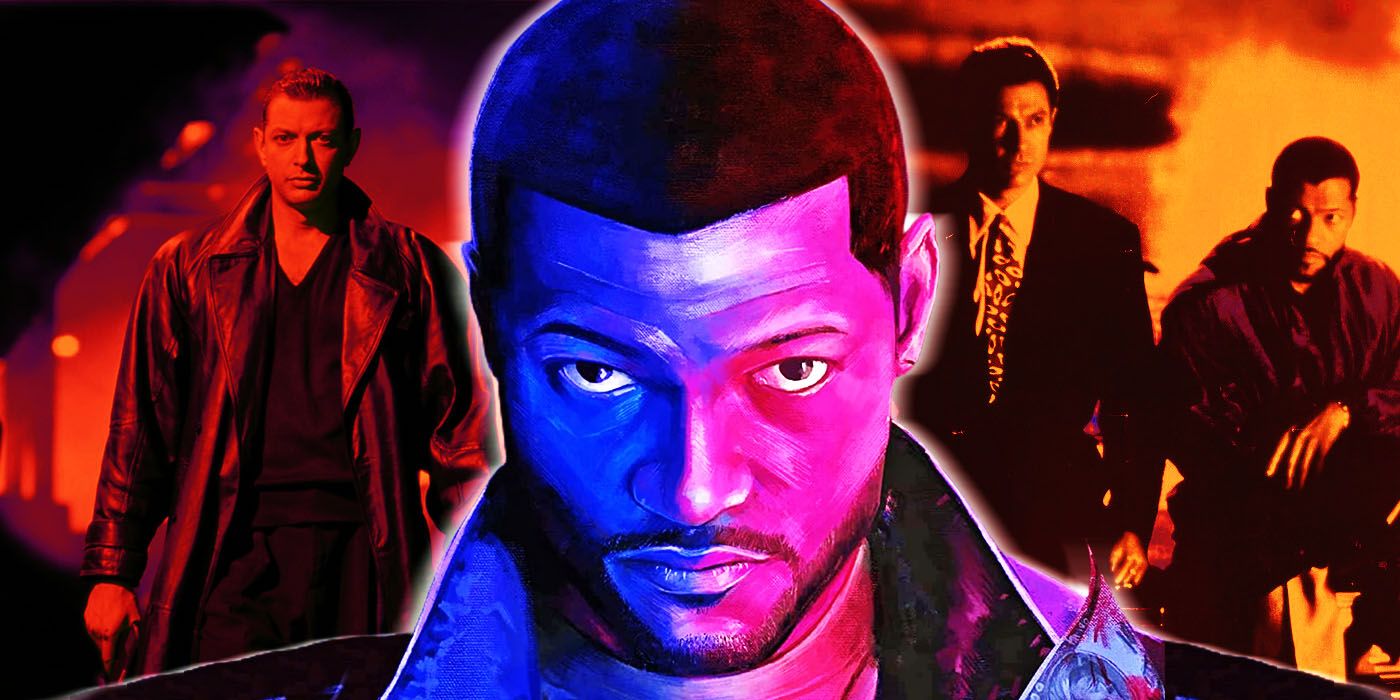
Related
This Sci-Fi Star Directed One of the Most Underrated ’90s Crime Movies
Despite earning a reputation for his role in Predator, Bill Duke’s greatest claim to fame is directing Deep Cover — a 1992 neo-noir masterpiece.
- Rotten Tomatoes Tomatometer gives it a 30% critic rating, with a 62% Audience Score.
- Most critic reviews on Rotten Tomatoes seem displeased with the vague commercialization of the original literature rather than judging the plot the film presents.
There’s a great divide on the commonly-used review site Rotten Tomatoes as far as rating this film. To audiences, it receives a 62% score, but to critics, it plummets to 30%. It’s prevalent that the nostalgia and enjoyment the film triggers in adventure film enthusiasts is completely lost on the critics, who largely pan it for not being true to the original literature. If every action adventure film based on popular folklore and literature was given a bad review for not following the literature, then every single 90s action adventure that adapts stories of that mold would be graded extremely low. In a time like now, where audiences understand that the spirit of folklore and books is more important than an exact and perfect summation of a massive novel, it is much more important for visual media.
That being said, the best critics of any film, especially action-adventure genre films, are the audiences watching them for enjoyment. The Three Musketeers was a film specifically and carefully built to fit the mold the 90s had successfully created. It was not trying to be something different, it was just working on the fun and colorful spectacle wreathed in the romance of France in 1625. Had this film been shot with a grittier tone that communicated some sort of serious commitment to the literature, then perhaps it would have deserved more scrutiny than it has received these days.
The Final Charge of Love, Friendship, and Optimism
2:59
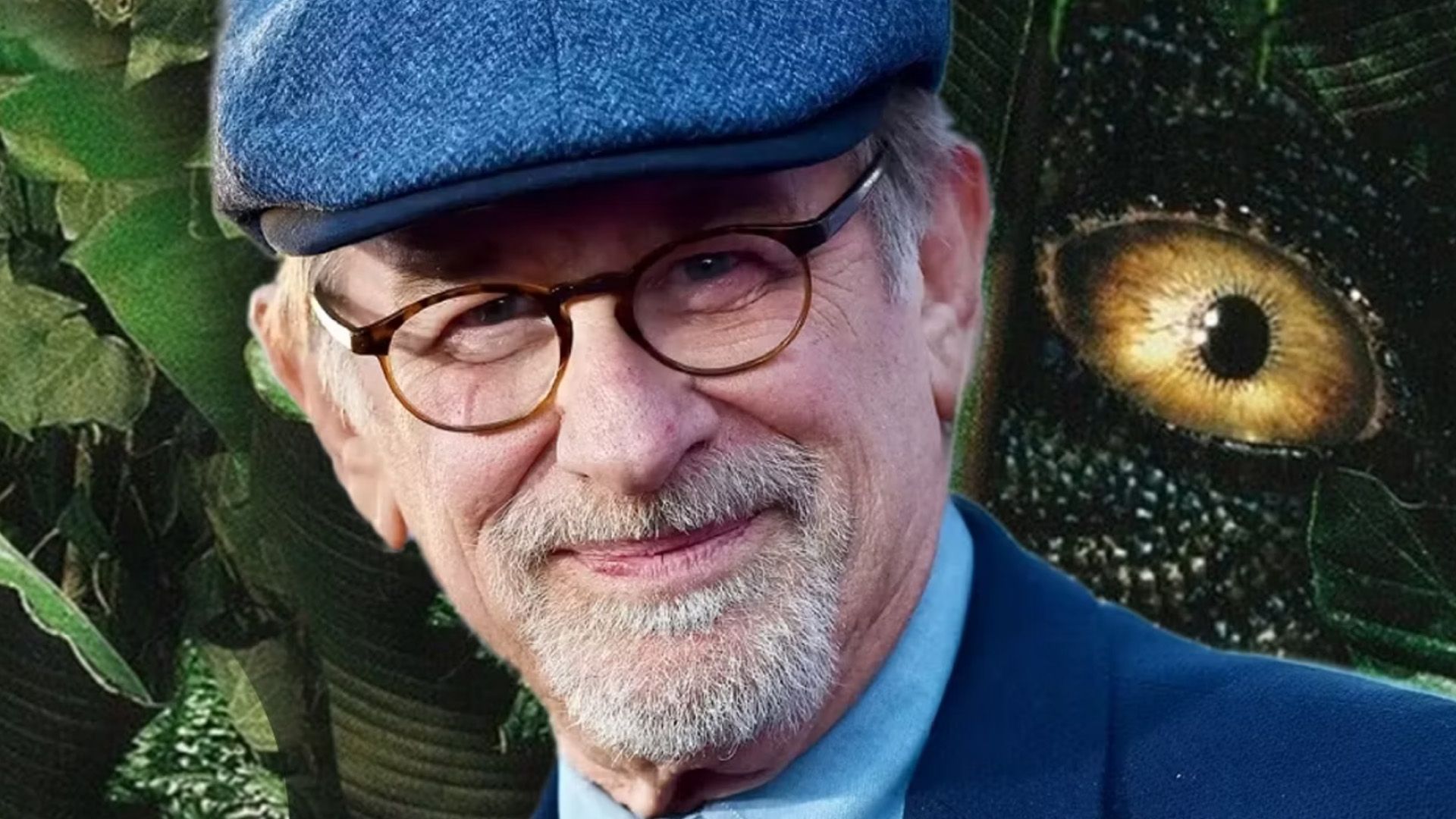
Related
This Divisive Steven Spielberg Movie Has One of the Best Action Scenes of the ’90s
Even with its divisive reviews, Steven Speilberg’s work on Jurassic Park’s sequel rivaled some of the greatest action movies in the 1990s.
- Bryan Adams’ end credits song for The Three Musketeers was “All For Love” and its instrumental theme is laced into the film’s score.
- 1993’s The Three Musketeers was directed by Stephen Herek and filmed mainly in Austria.
The 90s had an incredible streak of fun and optimism injected in its clothing, music, and films, and despite the doom and gloom many films were capable of still, the action-adventure genre delivered this in spades. Caped dynamic duos like Batman and Robin and old folk heroes like Zorro blazed across the screen, showing a very clean and clear idea of good and evil, love overcoming all, and the true value of friendship. The Three Musketeers was the perfect tale to communicate that message with spectacular enthusiasm. The chemistry between Athos, Porthos, Aramis, and D’Artagnan, working together to topple the corrupt and wildly evil Cardinal Richelieu who was so colorfully portrayed by Tim Curry, inspired those sentiments full-heartedly. No other scene sums this up better than the final one in the film.
When D’Artagnan is finally knighted as a Musketeer and given his blue and silver tabard, he suddenly runs into his rival he had been dueling at the beginning of the film. He is accompanied by some of his goons, but before he can draw on D’Artagnan, the newly-appointed musketeer crosses blades to the sky with his new friends and comrades, and the streets fill with blue-dressed musketeers, who charge the cowardly rival and his goons down the road. The film ends in a top-down shot of the countless extras swarming down the road in their plumes, blades, boots, and robes, One for All, All for One. Scenes like this were the dream of every kid who was ever bullied’s dream, to be backed up by an army of heroes ready to charge against cowardly foes. Despite the film’s more negative critical reviews, they pale to the optimistic tone of adventure and fun that The Three Musketeers, and the genre itself, brings to cinema as it inspires cheers, laughs, and thrills. Whether certain audiences prefer an older rendition of this adaptation or another, the tone of this story’s history on film was always meant to inspire the ideas of comradery, passion, and justice.

